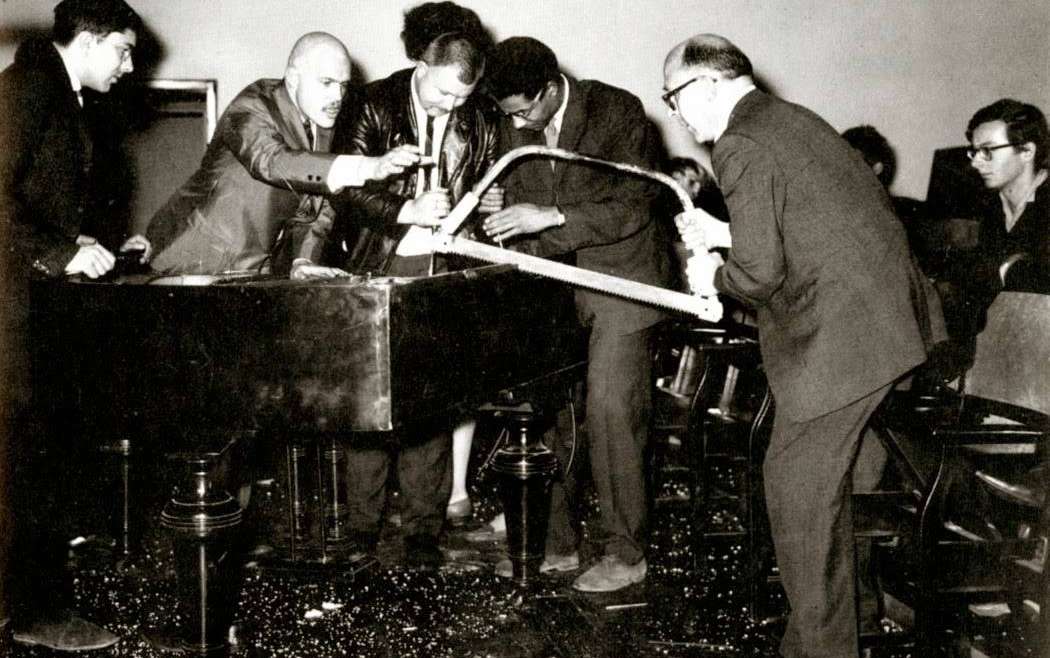Although a piano appears to be a solid instrument that does not require tuning, this is not the case. In fact, whether or not a new piano is played, it is recommended that it be tuned three or four times during its first year and twice yearly thereafter. But how does a piano become out of tune in the first place, and why is piano tuning so mysterious?
The answer to both questions can be found in the piano’s construction. Pianos are constructed of materials that age, “breathe,” and change shape over time and in response to environmental factors. A piano is made up of wood, iron, leather, felt, and steel. Each piano contains thousands of intricate moving parts, as well as a complex system of 250 or more high-tensile steel strings, which are pulled across an iron harp that can withstand 40 tons of string tension! Each string is wound around a tuning pin that is inserted into a pin block made of wood. To keep the tension, the pins must be very tightly fitted. To change the pitch of each accompanying string in a piano, these pins must be carefully rotated one at a time. This is done with a tuning hammer and necessitates a great deal of deft application of force.
However, piano tuning entails more than just turning a tuning peg. A hammer strikes two strings for the lower octaves and three strings for the higher octaves when you press a single key on a piano. To produce a single note, this set of strings is tuned to the same pitch. A single note can be out of tune with itself if one of the strings in the set is flat or sharp! When tuning a piano, a single string from the set is sounded individually, and rubber wedges are used to stop other strings from vibrating. After that string has been tuned, a second string is allowed to vibrate in tandem with the first and is tuned to it, and so on. It’s a long, methodical process that necessitates knowledge, a good ear, and a lot of patience.
Strings on a piano last about 20 years before needing to be replaced. Because this is an expensive investment, many people simply live with their old strings. Piano tuning becomes even more difficult once the strings have passed the 20-year mark, as they become more susceptible. Between small adjustments, the peg must be turned very carefully and the string must be allowed to “rest.” However, there will come a time when tuning will no longer be safe to perform without breaking a string.
Piano tuning costs around $120 in the United States and is considered a regular necessity to keep a piano in good playing condition for the rest of its life. Although books and guides on the subject are available for those interested, do-it-yourself piano tuning is not recommended.
